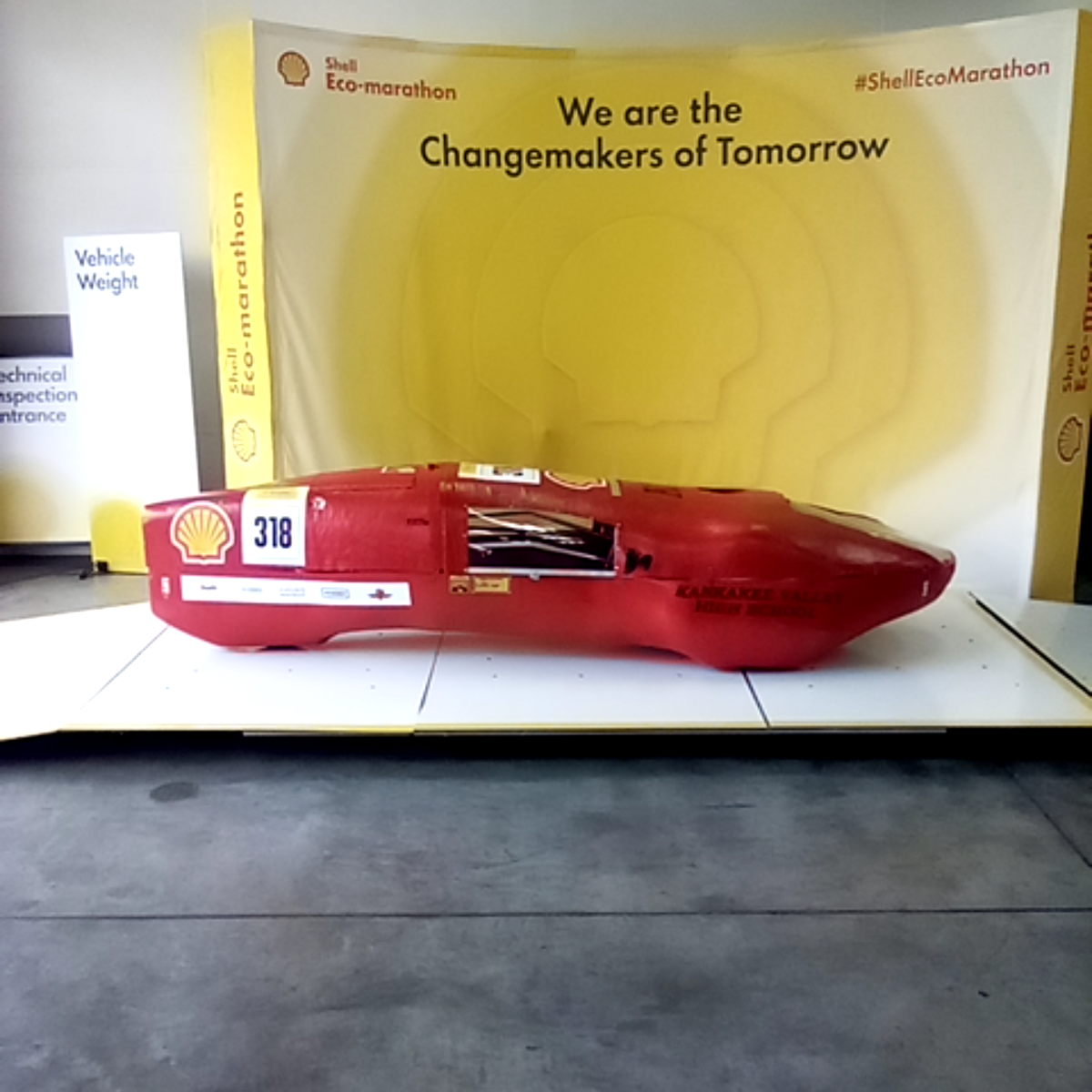Fully closed body
(25 j, g)
Quality of body driver collision protection
(26 a-d)
Front Crumple Zone ≥ 100 mm
(25 a ii)
Solid floor & frame
(25 i)
No external appendages or sharp edges
(25 c)
Body panels do not change shape in wind
(25 b, d)
Internal/ext'l opening mech effective/intuitive
(30 c)
Method of opening accurately marked with sticker
(30 c)
No adhesive tape to close driver compartment from outside
(30 d)
Bulkhead rigid & fire resistant
(27 b-d)
Bulkhead isolates energy/driver compartment
(27 a)
Chain/belt guard (all rotating equipment)
(34 g)
Running wheels (Pr:3/4, UC:4)
(25 a iii)
Rims compatible with the dimensions of the tyre
(41 a-b)
Wheels isolated from driver, chassis, or body
(41 c)
Nothing touching wheels (e.g. batt, wires, etc...)
(41 e)
Steering is efficient and has no play
(32 b-d)
If electric steering, demonstrate default safe state
(32 d)
Intuitive steering control
(32b)
Wheel compliance
(48 c)
Tyres do not exceed manufacturer's recommended age
(49 d)
Tyre valves are accessible
(49 f)
